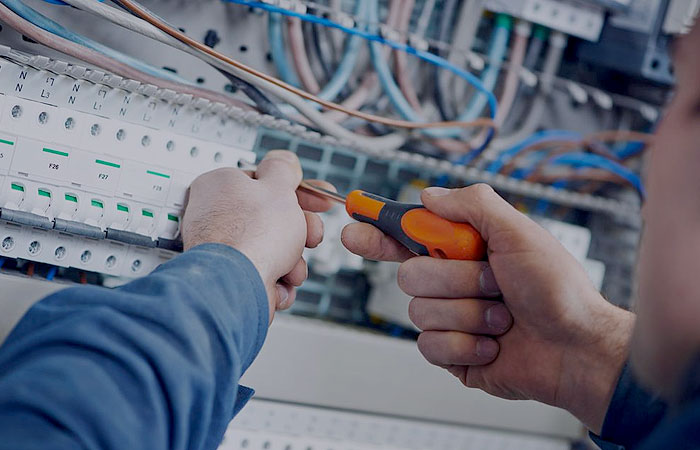New Rules for Home Improvement Tax Credits
Can you still get a tax break for making energy-efficient home improvements in 2011?
If you didn’t get around to making energy-efficient home improvements last year, don’t worry — it’s not too late to get a tax break. But the tax credit in effect for 2011 projects is a lot less attractive than the one that applied to 2009 and 2010.
In 2009 and 2010, you could claim a tax credit worth 30% of the cost of qualifying energy-efficient home improvements, up to a maximum credit of $1,500 for those two years combined. In 2011, the credit is much smaller — $500 — and it is off-limits if you already claimed the credit for energy-efficient home improvements in the past. (A tax credit, which reduces your tax bill — or increases your tax refund — dollar for dollar, is more valuable than a tax deduction, which merely reduces that amount of income that is taxed).
The 2011 home energy tax credit is now limited to 10% of the purchase price of energy-efficient windows, doors and skylights, up to a maximum credit of $500, and only $200 of that amount can be allocated to the cost of replacement windows. Certain home improvements have specific dollar limits for the credit such as $300 for eligible central air conditioning, $300 for an air source heat pump, $300 for an electric heat pump water heater, and $150 for eligible natural gas, propane or oil furnaces. Even if you install several improvements, the maximum credit you can claim is $500. And you won’t be able to claim it on your 2011 federal tax return if you already received $500 or more in credits for energy-efficient home improvements from 2006 through 2010.
Some of the rules for tax-credit eligibility have changed, too. To see which products qualify, see the Tax Credit page at EnergyStar.gov or EnergyTaxIncentives.org for details.
A more generous credit is still in effect for taxpayers who buy and install alternative energy equipment in their homes. Qualified equipment includes geothermal heat pumps, solar water heaters, solar panels, fuel cells and small wind-energy systems (as long as no part of these systems is used to heat a swimming pool or hot tub). That credit — worth 30% of the cost and installation of such improvements — has no maximum dollar amount, and you have until December 31, 2016, to place those items in service.
If you’re still preparing your 2010 taxes and you’re wondering whether you can claim the energy-efficient tax break for home improvements you made last year, see these two articles about the 2010 credits: Tax Credits for Going Green and Tax Breaks for Energy-Efficient Home Improvements.








